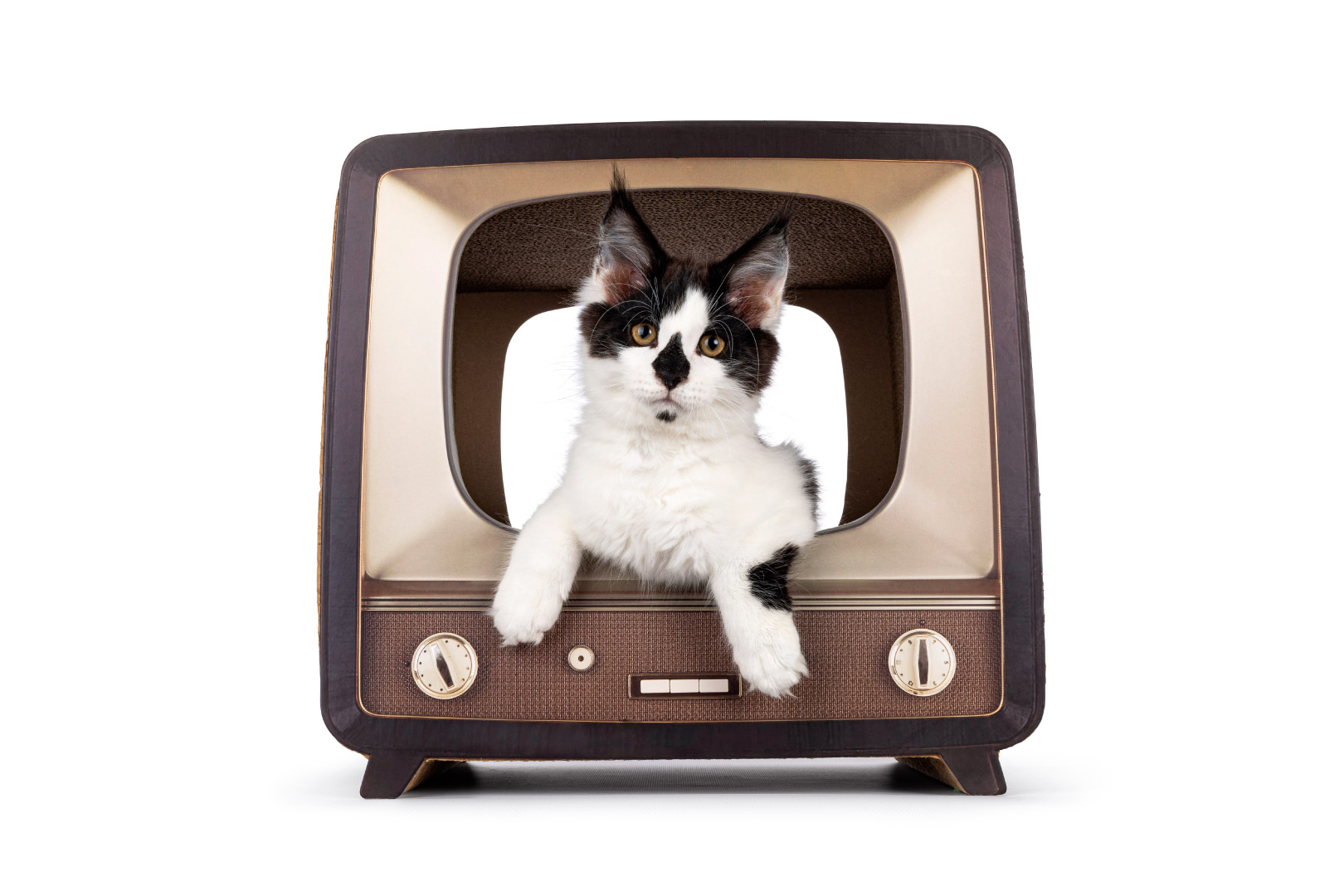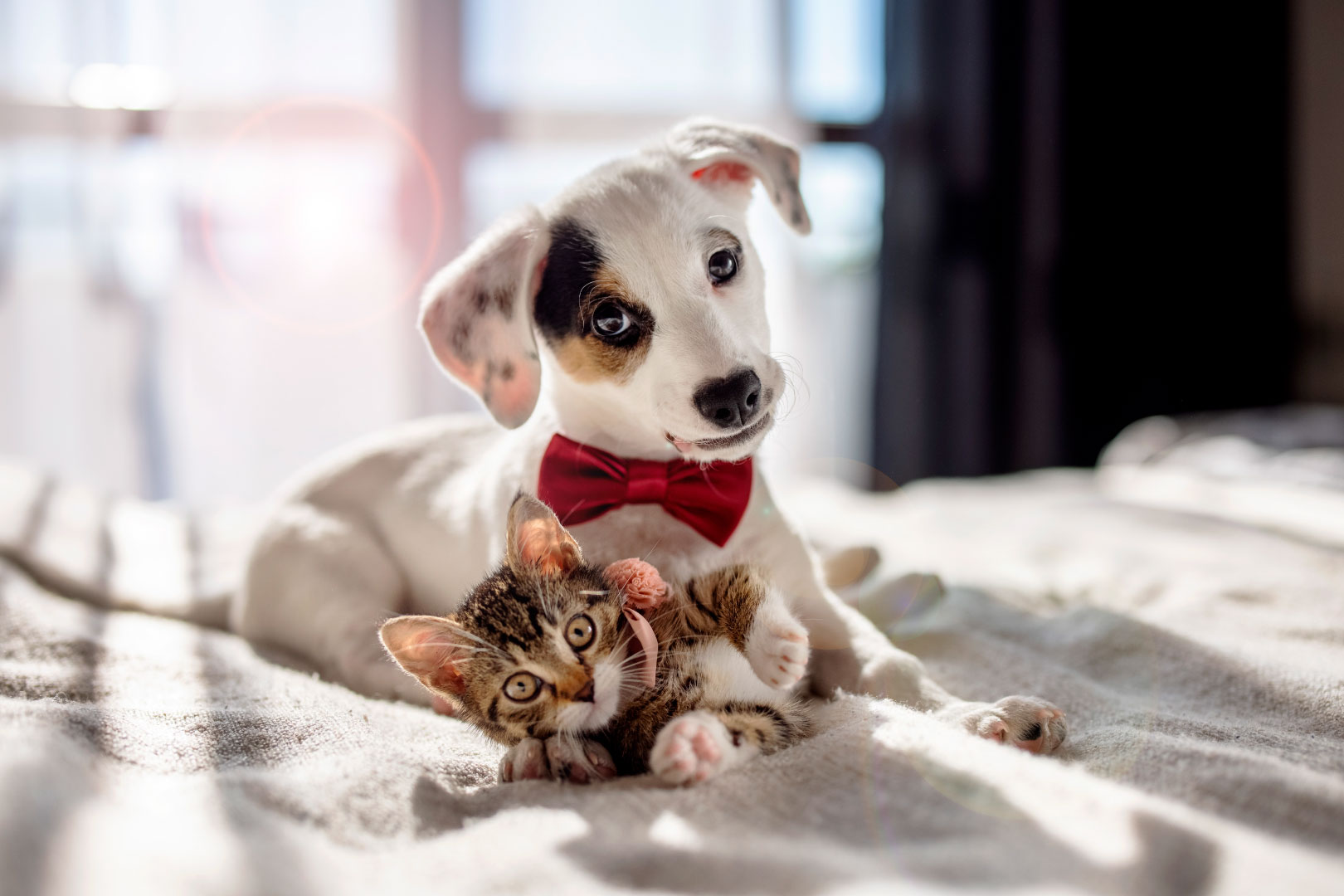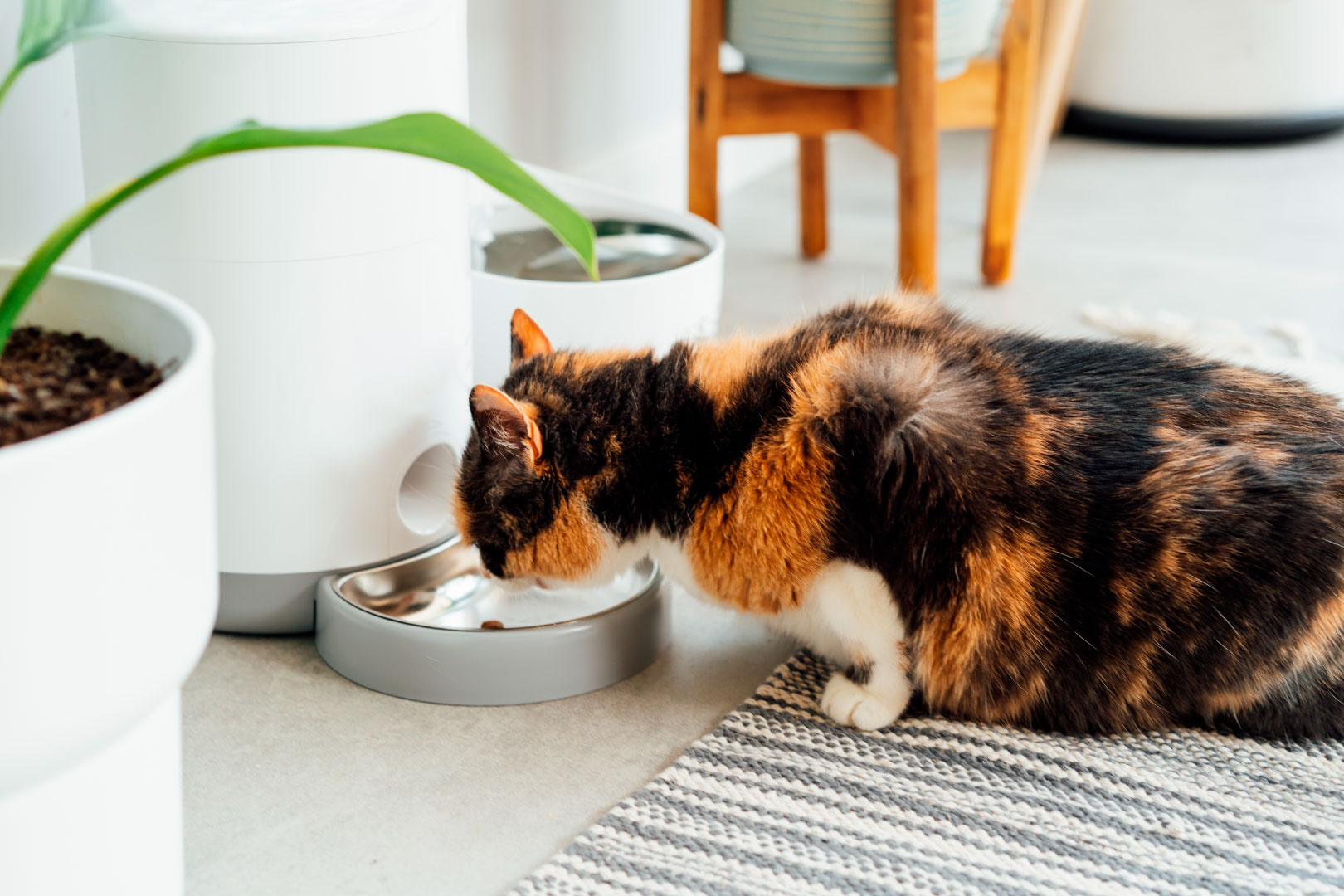The answer lies in their nature. Cats are predators by instinct. Their brains are hardwired to react to quick, darting movements — like a mouse scurrying under furniture or a bird fluttering past a window. So when they see something moving rapidly across a screen, their inner hunter wakes up and says: “Now that looks interesting.”
But it’s not just any screen content that gets their attention. Cats are picky viewers. They’re drawn to sharp contrasts, quick movements, and unpredictable motion. A slow-moving nature documentary? Yawn. A fast-flashing butterfly or laser dot? Instant engagement.
That’s why the Happy Cats channel is designed specifically with feline senses in mind. Bright colors they can actually see, fast-paced animations, and unexpected visual shifts are all part of the plan. Add to that subtle, naturalistic sounds — bird calls, rustling leaves, tiny footsteps — and you’ve got a show that makes your cat’s brain light up like a Christmas tree.
And no, it’s not just “cute.” Visual stimulation is good for indoor cats, especially those who don’t have access to outdoor hunting and exploring. It reduces boredom, sharpens reflexes, and prevents destructive behavior caused by lack of engagement.
So next time your cat is staring at the TV like it owes them money — just let them have their moment. You’re not spoiling them. You’re enriching their world.



